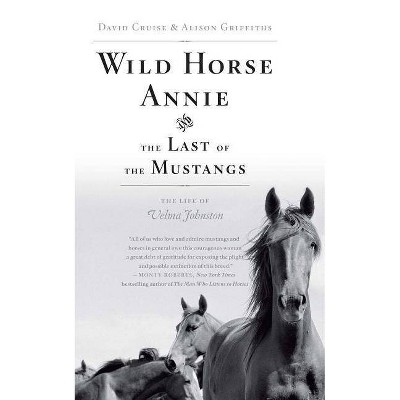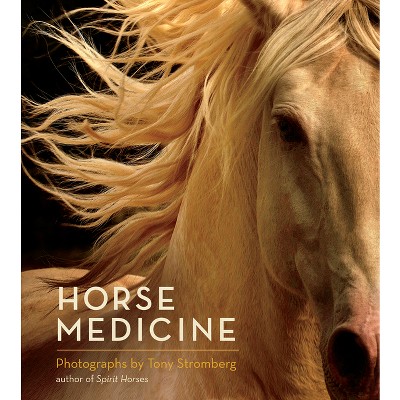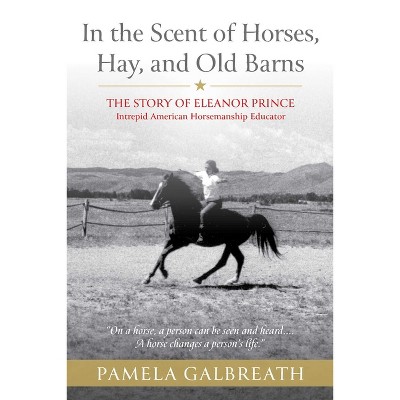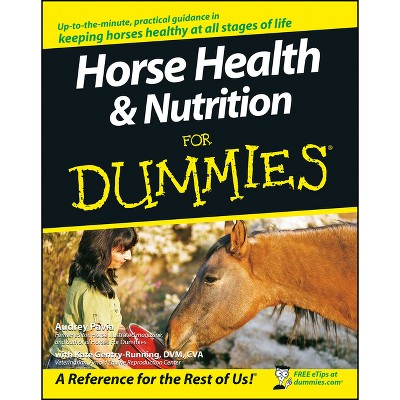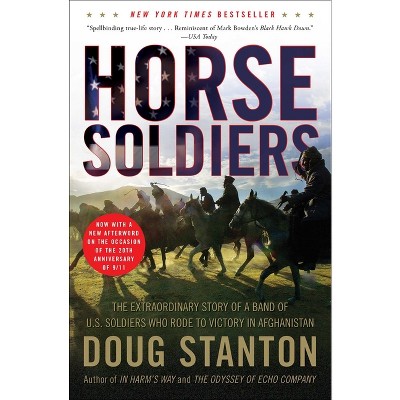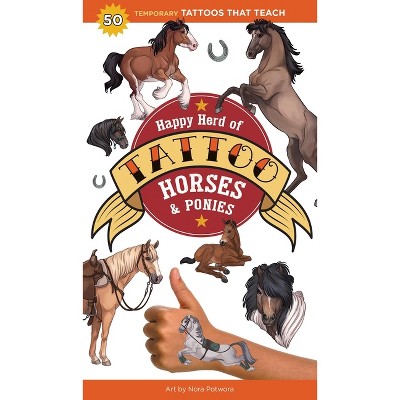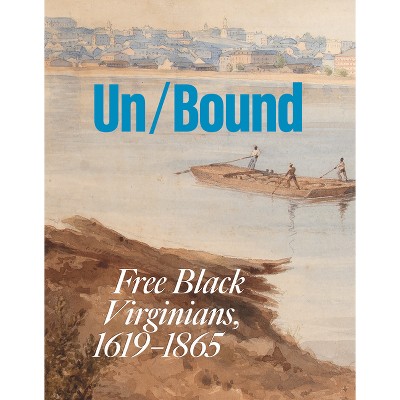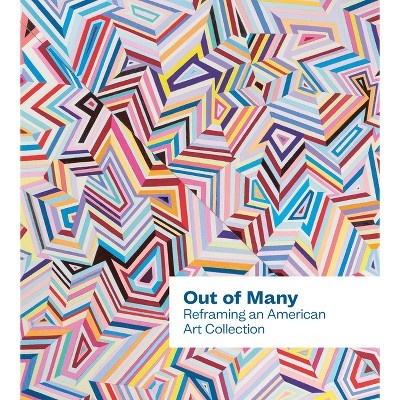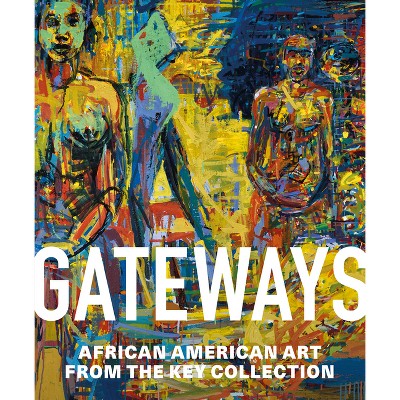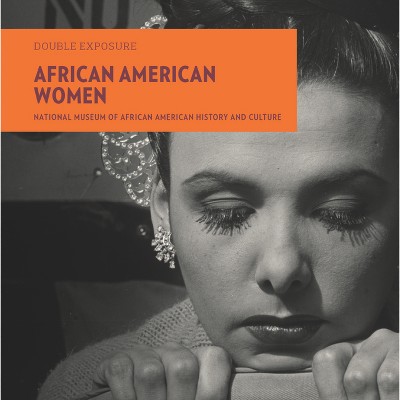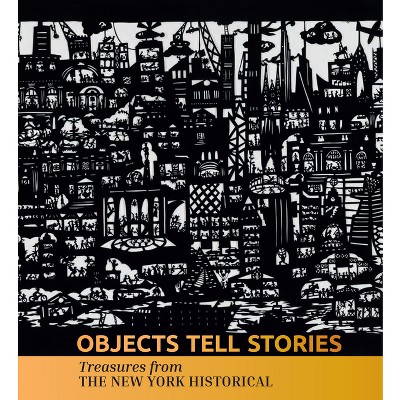Sponsored

Unbound - by Emil Her Many Horses (Hardcover)
In Stock
Sponsored
About this item
Highlights
- New publication celebrates the dynamic tradition of narrative art among Native nations of the American Great Plains.Unbound shows the full expression of Plains narrative art, from historical hides, muslins, and ledger books to contemporary works.
- About the Author: Lauren Good Day is an award-winning artist and fashion designer.
- 144 Pages
- Art, Native American
Description
About the Book
"This book traces the evolution of narrative art among Native nations of North America's Great Plains region, from historical hides, muslins, and ledger books to more than 50 contemporary works commissioned by the National Museum of the American Indian (NMAI). Illustrating everything from war deeds and ceremonial events to pop culture, the selected artworks are as diverse as the individuals who created them. Plains narrative art took shape through various media such as painted hide tipis, robes, and shirts. In the late 19th century, as trade broadened, artists created scenes of battles and ceremonies on muslin and paper. Some artists filled the pages of ledger books with narrative drawings to record their past and preserve their cultures. Native artists began reviving 'ledger art' in the 1970s, creating a vibrant form that takes on contemporary topics, uses a variety of media, and is widely collected. Edited by NMAI curator Emil Her Many Horses (Oglala Lakota), Unbound features historical masterworks by 14 artists and unveils new works from 11 contemporary artists. The book also includes scholarly and personal essays by Her Many Horses, David W. Penney, Michael Paul Jordan, and Lauren Good Day"--Book Synopsis
New publication celebrates the dynamic tradition of narrative art among Native nations of the American Great Plains.
Unbound shows the full expression of Plains narrative art, from historical hides, muslins, and ledger books to contemporary works. Illustrating everything from war deeds and ceremonial events to family life, Indigenous identity, and pop culture, the artworks are as diverse as the individuals who created them.
Early narrative warrior-artists recorded their battle exploits on buffalo-hide shirts, and robes. In the late nineteenth century, as trade broadened, artists painted elaborate scenes of battles and ceremonies on large muslin tipi liners. When ledger books became available, artists filled their pages with narrative drawings. Native artists began reviving "ledger art" in the 1970s, creating a vibrant form that takes on contemporary topics, uses a variety of media, and is widely collected.
Organized chronologically, Unbound juxtaposes traditional works from the National Museum of the American Indian's (NMAI's) renowned collection with drawings and paintings commissioned from eleven contemporary Native artists. The book accompanies an acclaimed exhibition of the same title that appeared in 2016 at the museum's New York venue and in summer 2024 in the Washington, DC, museum.About the Author
Lauren Good Day is an award-winning artist and fashion designer. She is an enrolled member of the Three Affiliated Tribes (Mandan, Hidatsa, Arikara Nation) of the Ft. Berthold Reservation in North Dakota and a registered Treaty Indian with the Sweet Grass Cree First Nation in Saskatchewan, Canada. She has shown her work at prestigious Native American juried art shows such as the Santa Fe Indian Market, the Heard Guild Museum Market, and the Autry American Indian Arts Marketplace. Her work, which includes beadwork, quillwork, and regalia making in addition to narrative art, has been featured in numerous exhibitions at galleries and museums across the United States.
Emil Her Many Horses is an associate curator at the National Museum of the American Indian and the curator of the Unbound exhibition. A member of the Oglala Lakota Nation of South Dakota, he specializes in the Native cultures of the central plains. He was the lead curator of the museum's inaugural exhibition Our Universes: Traditional Knowledge Shapes Our World, and co-curator of Identity by Design: Tradition, Change, and Celebration in Native Women's Dresses and A Song for the Horse Nation: Horses in Native American Cultures. Her Many Horses is also an award-winning artist who creates contemporary beadwork and dolls.
Michael P. Jordan is an assistant professor of cultural anthropology at Texas Tech University. He specializes in museum anthropology, material culture, intangible cultural heritage, ethnohistory, and the expressive culture of Plains Indians. He has contributed essays on nineteenth century Kiowa and Cheyenne drawings to several edited volumes, including Ledger Narratives: The Plains Indian Drawings of the Lansburgh Collection at Dartmouth College (2012) and Material Vernaculars: Objects, Images and Their Social Worlds (2016).
David W. Penney is the associate director of museum scholarship at the National Museum of the American Indian and an internationally recognized scholar of American Indian art. Penney arrived at the Smithsonian in 2011 after a 31-year career at the Detroit Institute of Arts, where he last served as vice president of exhibitions and collections strategies. The author of North American Indian Art (2004), he has written, edited, and contributed to many other books and exhibition catalogues.
Cynthia Chavez Lamar (San Felipe Pueblo/Hopi/Tewa/Navajo) is the director, National Museum of the American Indian.
